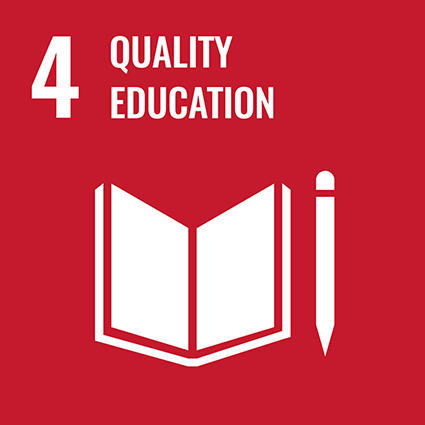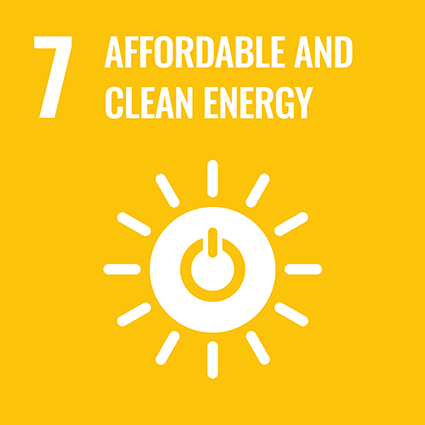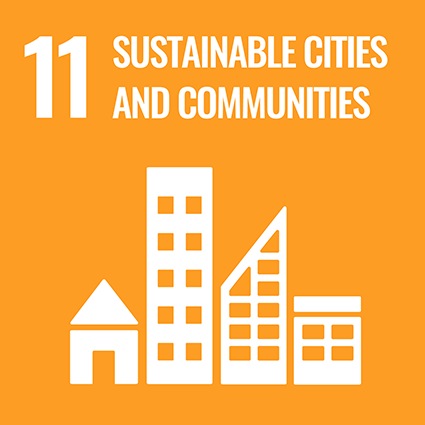The idea of combining water and CO2 is not new. These two ingredients are, for example, behind the formula of some of the world's most famous drinks, but innovation and technology want to take them to another level. Would it be possible, for instance, to make fuel from these elements? Let’s consider some of the more recent innovations in vehicles on the market. A few years ago, for example, it was unthinkable to use a button as the car’s starter key. Nowadays, you can do it in that way and then the car is running and ready to head for its destination.
And if cars, trucks or buses evolve in design or functionality, the fuels that power them will also have to adapt. In 2020, the European Commission announced the launch of the Strategy for Intelligent and Sustainable Mobility, which aims to reduce 90% of CO2 emissions from the transport sector by 2050. Among other proposals, the plan promotes the development and use of synthetic fuels as one of the solutions to decarbonize mobility.
Also known as e-fuels, synthetic fuels are made from hydrogen and CO2 which have been removed from the atmosphere. Their added value is that they are net zero emissions, since, when used, the CO2 emitted by the combustion engine is equivalent to that used in the manufacture of the fuel, which was removed from the atmosphere thanks to direct air capture or through biogenic sources. In this way, the CO2 is reused and offset. On the other hand, hydrogen is obtained through processes such as electrolysis or photoelectrocatalysis, which break the water molecule to separate them. The challenge is to do this in a sustainable way, with the electricity coming entirely from renewable sources. So far, work is being carried out on different types of synthetic products: e-lubes, e-gasoline, e-GLP, e-diesel and e-Jet.
The scaling up of production and the widespread use of these new fuels will be one of the levers for the transformation of a sector that accounts for approximately one fifth of overall greenhouse gas emissions in Europe. In the words of Javier Aríztegui, Technology Lab's Product Design Manager, “the transport of people and goods will continue to require liquid fuels as the main source of energy for a long time to come. The current costs of access to new technologies or the limitations of existing technological developments make alternatives with increasingly lower emissions, efficient and accessible to all, necessary”.
The incorporation of new forms of energy will materialise in the coming years, until a point of coexistence between them is reached. “We will have to emphasize all the solutions available to us and each user will choose the one that best suits his or her needs. There is no one-size-fits-all solution”, concludes Aríztegui.
1. L'article indique que la formule utilisée pour les boissons peut également fonctionner pour les carburants.
a. Vrai b. Faux
2. O objetivo da Comissão Europeia é:
a. reduzir em 90% o número de veículos que emitem CO2.
b. reduzir as emissões do sector dos transportes.
c. eliminar as emissões de CO2 até 2050.
3. Potrivit articolului, combustibilul sintetic reutilizează CO2 și hidrogenul preluate din atmosferă.
a. Adevărat b. Fals
4. Segons l’article:
a. una cinquena part dels transports emeten la majoria del gas amb efecte d'hivernacle a Europa.
b. els combustibles sintètics reduiran les emissions de gasos en una cinquena part.
c. una cinquena part dels gasos amb efecte d’hivernacle a Europa provenen del sector transportis.
5. Laut Aríztegui werden für den Transport von Personen und Gütern flüssige Kraftstoffe benötigt.
a. Wahr b. Falsch
6. Según el artículo:
a. estas nuevas formas de energía convivirán en los próximos años.
b. es necesario encontrar una solución única para todos los usuarios.
c. se ofrecerá a cada usuario la solución más adecuada para su caso.
2. Lexikalische Analyse. Setzen Sie die Wörter an die richtige Stelle.
bebida - renouvelable - effet de serre - bevanda - erneuerbar - bienes - risorse
défi - Herausforderung - drink - efecto invernadero - bens - Ressourcen - goods
necessidade - Benötigen - recursos - efeito estufa - renovable - necesidad
greenhouse effect - Getränk - reto
3. Complétez les phrases avec le mot correct.
utilitzin - elettriche - governos - emissioni - helfen - deplasa - calentamiento
pollution - opțiune - futur - reduzieren - trotinetes - train - sustentáveis - environmental
1. A good way to reduce ……………………………………... is to use transport such as the ……………………………………..., which has a low ……………………………………... impact.
2. Per a un ……………………………………... del món sostenible és fonamental que els transports ……………………………………... energies renovables.
3. Pentru a vă ……………………………………... în oraș, bicicleta este o ……………………………………... bună.
4. É importante que os ……………………………………... promovam modos de transporte ……………………………………… .
5. Carsharing-Apps ……………………………………... CO2-Emissionen zu ……………………………………… .
6. El uso de aparatos de aire acondicionado es perjudicial para el ……………………………………... global.
7. Nos últimos anos, a utilização de ……………………………………... elétricas tornou-se moda.
8. Un buon modo per diminuire le ……………………………………... di gas a effetto serra è l’utilizzo di macchine ……………………………………… .
(Crediti immagine: Pixabay)




